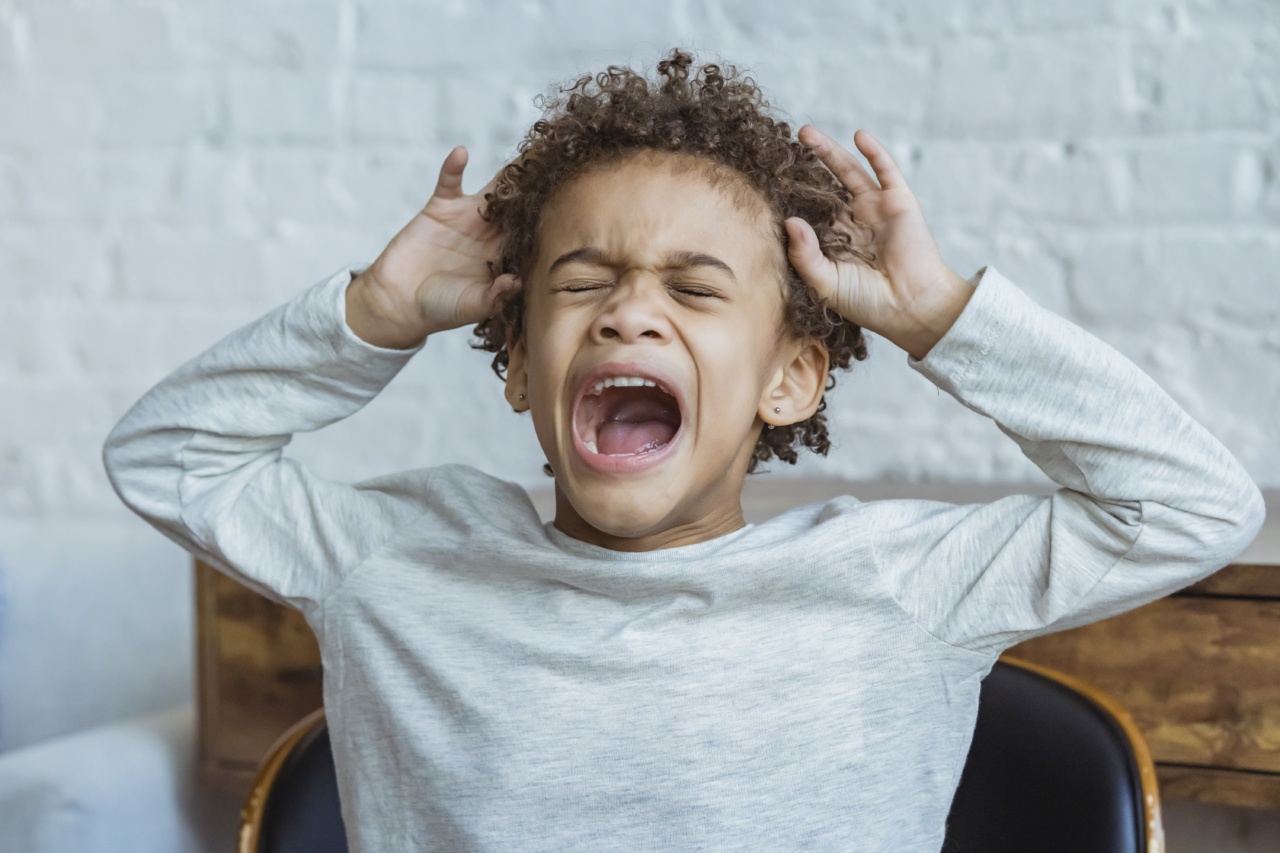In today’s fast-paced world, parents often turn to painkillers as a quick fix to alleviate their children’s discomfort.
However, what many fail to realize is that these seemingly harmless medications can have detrimental effects on their children’s behavior. This article aims to shed light on why painkillers can be harmful and offer alternative remedies to manage pain in children.
1. Impact on brain development
One of the primary concerns with painkillers is their impact on a child’s developing brain.
Research suggests that long-term use of painkillers, especially opioids, can negatively affect neural pathways and interfere with the natural development of the brain. This interference can lead to changes in behavior, cognition, and even emotional well-being.
2. Risk of addiction
Painkillers that belong to the opioid category have a high potential for addiction. Children who are exposed to opioids at an early age may develop dependency issues later in life.
Addiction not only affects a child’s behavior, but it can also have long-lasting consequences on their physical and mental health.
3. Psychological effects
Aside from addiction, painkillers can also have various psychological effects on children. These medications can alter a child’s mood, increase irritability, and cause mood swings.
Moreover, they can impair a child’s cognitive function, leading to difficulties in concentration, memory, and learning.
4. Behavior disturbances
Painkillers, particularly opioids, can disrupt a child’s behavior and result in symptoms such as hyperactivity, impulsivity, and aggression.
These behavior disturbances can disrupt a child’s personal and academic life, making it challenging for them to succeed in school and maintain healthy relationships with peers.
5. Sleep disturbances
Another detrimental effect of painkillers on children’s behavior is sleep disturbances. Pain medications can interfere with a child’s natural sleep patterns, leading to insomnia or excessive drowsiness.
Lack of proper sleep can further exacerbate behavioral issues and have a negative impact on a child’s overall well-being.
6. Increased risk of accidents
Children under the influence of painkillers may be at an increased risk of accidents and injuries.
These medications can cause dizziness, impaired coordination, and reduced reaction time, making it dangerous for children to engage in physical activities or even perform everyday tasks.
7. Altered emotional regulation
Painkillers can disrupt a child’s ability to regulate their emotions effectively.
Children may become more prone to emotional outbursts, experience heightened anxiety or depression, and have difficulty managing stress due to the effects of these medications on their neurochemistry.
8. Long-term consequences
The use of painkillers in childhood can have long-term consequences on a child’s behavior and overall development.
Studies have shown that children who used pain medications regularly during their early years were at a higher risk of developing behavioral disorders, substance abuse issues, and mental health disorders later in life.
9. Alternatives to painkillers
Thankfully, there are alternative ways to manage pain in children that do not come with the same risks as painkillers.
These alternatives include physical therapy, massage, heat or cold therapy, relaxation techniques, and non-medical pain management strategies. It is essential for parents to explore these options under the guidance of healthcare professionals.
10. Importance of open communication
Lastly, one of the most crucial aspects of managing pain in children is open communication. Parents should encourage their children to express their discomfort and listen to their concerns.
By fostering an environment of trust and understanding, parents can effectively address their child’s pain without resorting solely to painkillers.






























